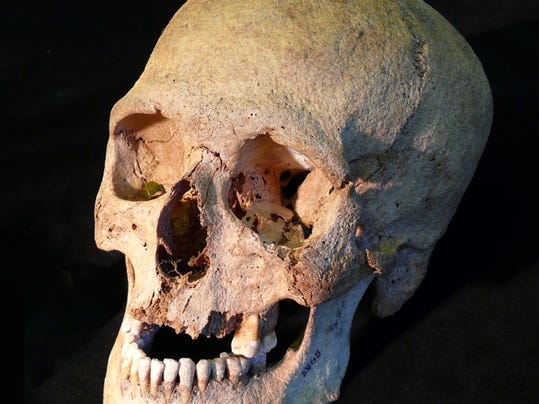Roskilde 6 - VIKING exhibition at the National Museum of Denmark
© The National Museum of Denmark
A mighty warship that sailed nearly 1,000 years ago during the reign of Cnut the Great, will stand at the centre of the British Museum’s Viking exhibition in 2014.
The Viking expansion from their Scandinavian homelands during this era created a cultural network with contacts from the Caspian Sea to the North Atlantic and from the Arctic Circle to the Mediterranean. The culture of the Scandinavians can be viewed in a global context which will highlight the multi-faceted influences arising from extensive cultural contacts. The exhibition will capitalise on new research and thousands of recent discoveries by both archaeologists and metal detectorists.
Masterpiece of ship technology
These new finds have changed our understanding of the nature of Viking identity, trade, magic and belief and the role of the warrior. Above all, it was the maritime character of Viking society and the extraordinary shipbuilding skills that were key to their achievements. In order to highlight this, the centre of the exhibition will house the surviving timbers of a 37-metre-long Viking warship, the longest ever found and never before seen in the UK.
Read the rest of this article...







